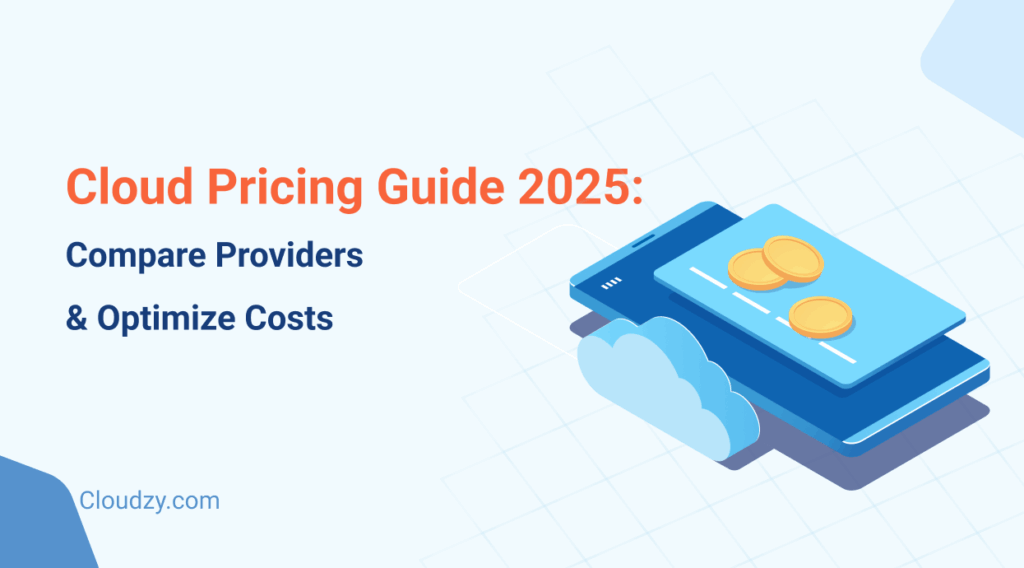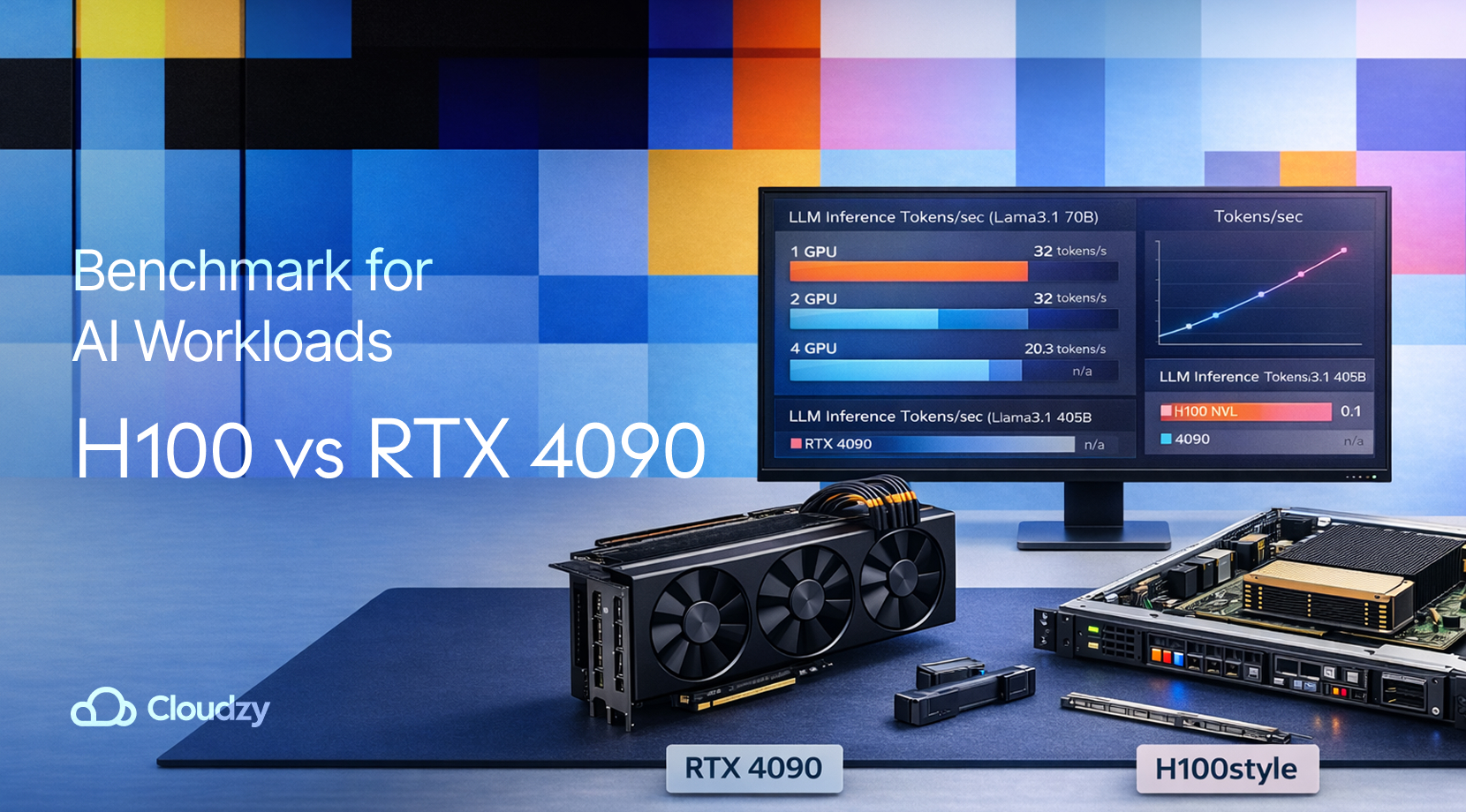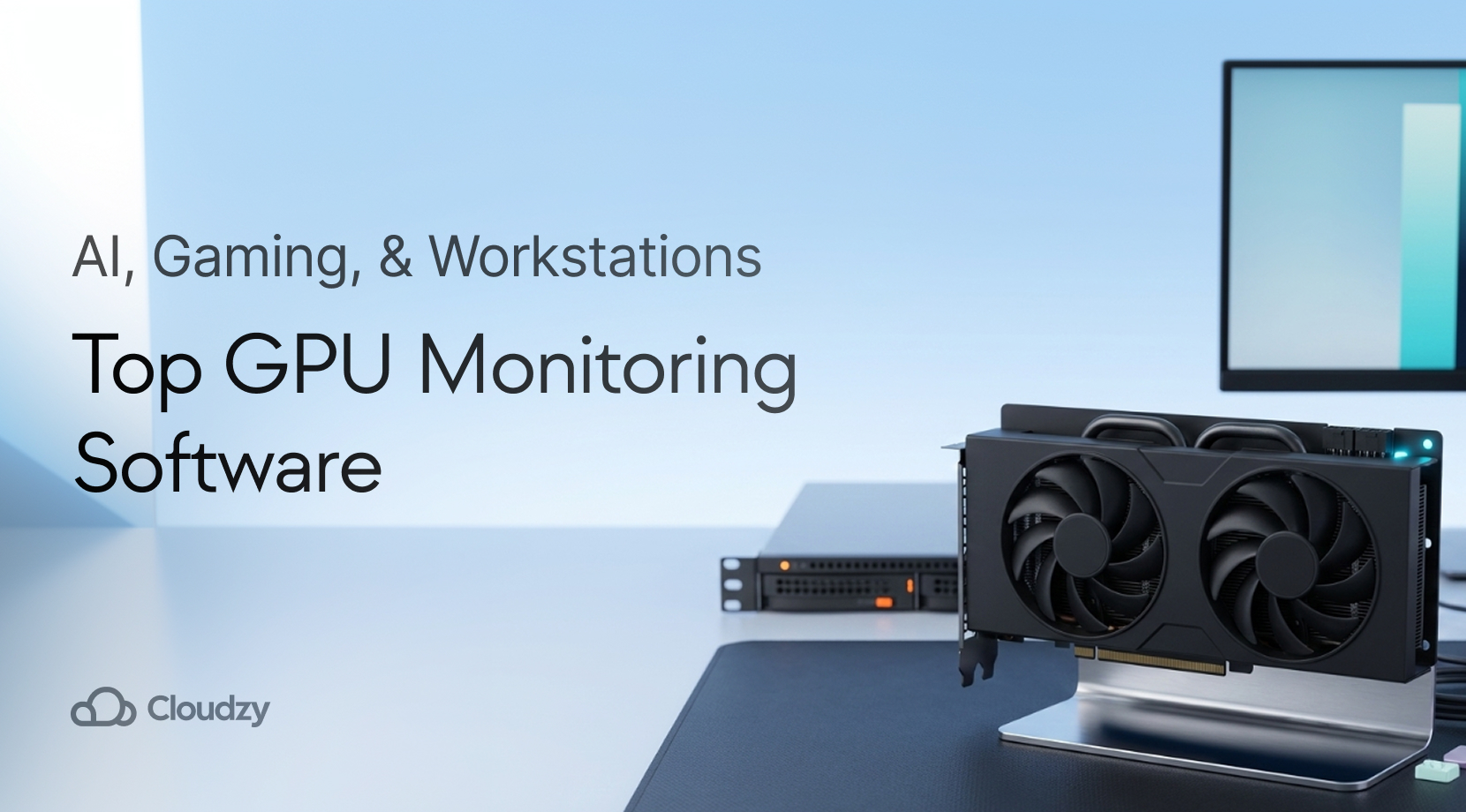Cloud pricing is how providers charge for services like virtual machines, storage, compute power, private servers, databases and networking on the basis of usage. A cloud provider offers these services over the internet and helps businesses to scale quickly. Leading major providers include Google Cloud, Microsoft Azure, Amazon Web Services (AWS), Oracle, and Red Hat, so it becomes important to analyze cloud services pricing when going for the right option.
The cost of cloud services can vary with different factors such as storage volumes, compute power, licensing, and support. For startups in particular, the cost of a cloud server can range from just a few dollars per month for basic configurations to several hundred dollars for GPU-based or high-availability setups. However, businesses can reduce costs by practicing sensible cloud cost comparisons and optimizations such as right-sizing and management of unused resources. Complex comparisons of cloud pricing and going through cloud pricing examples increase value for the organization without exceeding the budget.
What Affects Cloud Pricing?
Cloud services pricing depends on several factors. These factors include resource types that are used, particular cloud providers, and patterns of usage. Also, the price can further go up or down based on the region in which services are deployed, value-added options or support levels. So, knowledge of these factors are important for cost management and sound optimization of cloud expenses.
- Resource Types: Different pricing schemes apply to compute, storage, database, and networking services.
- Usage Patterns: Pay-as-you-go can cost higher than reserved or spot instances.
- Location: Differences in pricing based on the varying cost of energy, tax, and so on, with regard to any location of the data center.
- Service Level Agreements (SLAs): Guarantees of uptime at a premium, or premium support services, can be costly.
- Discount Plans: Long-term commitment options such as reserved instances tend to have great savings attached to them.
Taking these factors into account is important for any customer to compare costs done in the cloud.
Compare Cloud Services Pricing in 2025
Cloud Pricing At A Glance:
| Provider | Compute Pricing (Standard VM) | Storage Pricing (per GB) | Data Transfer (Outbound) | Special Notes |
| Google Cloud | $0.046/hr (e2-standard-4) | $0.02/GB (standard) | $0.12/GB (first 1TB) | Committed use discounts, continued use discounts |
| Microsoft Azure | $0.050/hr (D4s v3) | $0.018/GB (hot blob storage) | $0.087/GB (first 10TB) | Hybrid Benefit for licenses of Windows Server |
| Amazon Web Services (AWS) | $0.060/hr (m5.xlarge) | $0.023/GB (S3 standard) | $0.09/GB (first 10TB) | Savings Plans and Spot Instances |
| Oracle Cloud | $0.050/hr (VM.Standard.E4.Flex) | $0.0255/GB (block storage) | $0.0085/GB (first 10TB) | Aggressive discount for enterprise |
| Red Hat | Custom (based on OpenShift clusters) | N/A (partnered storage options) | Varies by deployment | Best for hybrid and multi-cloud strategies |
Google Cloud
Company Overview: This is Alphabet Inc. Google Cloud, as it is known from powerful data analytics to AI/ML and its infrastructure across the globe.
Pros of Google Cloud:
- AI/ML industry leading standard tools
- Competitive pricing with continued use discounts
- Strong commitment to open-source and hybrid cloud
Cons of Google Cloud:
- Greater entry barrier for first-time users
- Less market share than AWS and Azure
Google Cloud Pricing:
- Compute: $0.046/hr (e2-standard-4)
- Storage: $0.02/GB (standard)
- Data Transfer: $0.12/GB (first 1TB)
Microsoft Azure
Company Overview: Microsoft Azure is a cloud powerhouse, particularly among enterprises with existing Microsoft products.
Pros of Microsoft Azure:
- Simple integration with Microsoft products
- Strong hybrid cloud capabilities
- Wide range of services
Cons of Microsoft Azure:
- Complicated pricing
- Slightly fewer features in certain regions
Pricing of Microsoft Azure:
- Compute: $0.050/hr (D4s v3)
- Storage: $0.018/GB (hot blob storage)
- Data Transfer: $0.087/GB (first 10TB)
Amazon Web Services (AWS)
Company Overview: AWS is the first and largest cloud services provider with a reputation for having a broad portfolio of services and worldwide availability.
Pros of Amazon Web Services (AWS):
- Largest ecosystem and third-party integrations
- Mature and stable service offerings
- Flexible cost control options
Cons of Amazon Web Services (AWS):
- Complex billing process
- Too many service options to choose from
Pricing of Amazon Web Services (AWS):
- Compute: $0.060/hr (m5.xlarge)
- Storage: $0.023/GB (S3 standard)
- Data Transfer: $0.09/GB (first 10TB)
Oracle Cloud
Company Overview: Oracle Cloud has carved a niche for itself with strong emphasis on enterprise workloads, particularly databases.
Pros of Oracle Cloud:
- Very competitive pricing
- Strong database services
- Enterprise-grade solutions focus
Cons of Oracle Cloud:
- Smaller service catalog
- Less global footprint
Pricing of Oracle Cloud:
- Compute: $0.050/hr (VM.Standard.E4.Flex)
- Storage: $0.0255/GB (block storage)
- Data Transfer: $0.0085/GB (first 10TB)
Red Hat
Company Overview: Red Hat, home to Red Hat Enterprise Linux and OpenShift, is a hybrid cloud and container orchestration leader.
Pros of Red Hat:
- Excellent hybrid cloud capability
- Commitment to open-source
- Perfect for Kubernetes and container deployment
Cons of Red Hat:
- Use-case based pricing
- Requires technical expertise to manage
Pricing of Red Hat:
- Compute: based on OpenShift clusters
- Storage: depends on partnered solutions
- Data Transfer: Varies by deployment
What is Cloud Cost Optimization and its Best Practices?
Cloud cost optimization means saving cloud costs without compromising performance and scalability. Wrong management of resources results in overspending due to overprovisioning. Cost optimization strategies can result in maximum returns from the cloud investment. In this section, the best practices will be discussed in order to optimize cloud costs.
- Right Size the Resources: Regularly review and adjust the size of your compute resources
- Use Reserved Instances: Commit to 1-3 year terms for predictable workloads to obtain discounts
- Implement Auto-scaling: Automatically scale resources in line with demand to avoid overprovisioning
- Access Spot Instances: Try to use spot pricing where possible to enjoy tremendous economies.
- Monitor and Analyze Usage: Use tools such as AWS Cost Explorer, Amazon Cloud Cost Management, or Google Cloud’s Cost Tools.
- Optimize Storage Costs: Move data that is not frequently being accessed into cheaper storage tiers.
These above mentioned strategies would help organizations to invest in the cloud while keeping a tight eye on costs.
Conclusion
With new clouds set into the mix, it is more important than ever to understand the cloud pricing best practices for cost optimization. Whether you’re an enterprise or exploring cloud for startups, a full cloud cost comparison is important among the providers of Google Cloud, Microsoft Azure, AWS, Oracle, and Red Hat based on the requirements and affordability. By planning well and employing intelligent optimization strategies, you will remain a cloud patron without extra expenses.
Want a high-performance Cloud VPS? Get yours today and only pay for what you use with Cloudzy!
Get Started Here



2 thoughts on “Cloud Pricing Guide 2025: Compare Providers & Optimize Costs”
Hi, its nice article on the topic of media print, we all understand media
is a impressive source of data.
Hi there! Would you mind if I share your blog with my facebook group?
There’s a lot of folks that I think would really enjoy your content.
Please let me know. Many thanks